The Québec maritime Blog
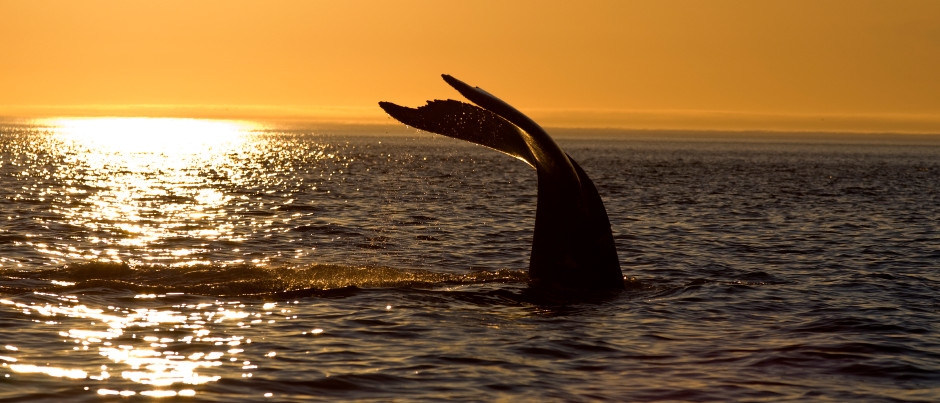
- Marc Loiselle/Tourisme Côte-Nord
Wildlife Protectors
Portraits of Local Change Makers
“People protect what they love.”
– Jacques Cousteau, ocean explorer
When you contemplate exploring the immense natural beauty found in the maritime regions of Québec, one of the first things that undoubtedly comes to mind is the many diverse wildlife species that make their homes in our regions. As you can imagine, the modern world presents these animals with many challenges. However, passionate local people are on hand to help you gain access to these species while conveying important messages about protecting them. Read about four inspiring people who are making a difference!
Ecotourism at its finest
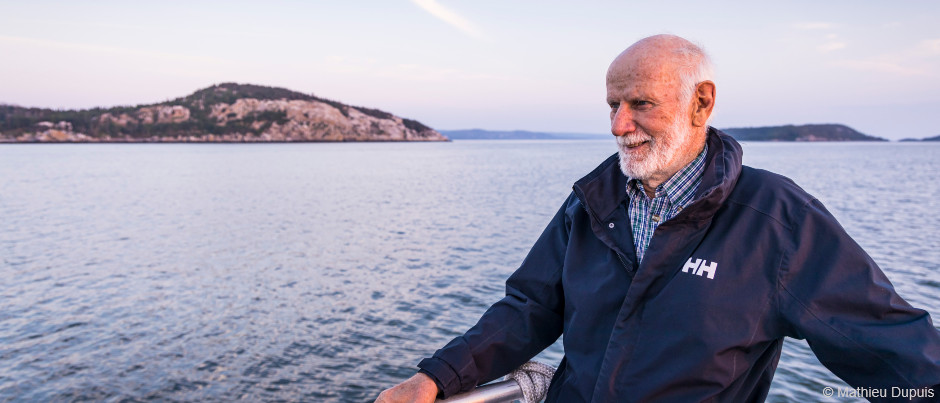
While conducting research in the early 1980s, Jean Bédard discovered the presence of an extremely interesting wildlife resource on the islands off the coast of Rivière-du-Loup, in Bas-Saint-Laurent. With a few biologist friends, he founded Société Duvetnor, an organization that protects Île aux Lièvres, the Pèlerins archipelago and the Pot à l’Eau-de-Vie Islands. “There are very few places where waterfowl are as well protected as they are in the St. Lawrence Estuary, especially common eiders and the species that nest with them such as razorbills and black guillemots,” he asserts.
Conservation, education and research are at the heart of Jean and his team’s mission. To accomplish this mission, they rely on the harvesting of eiderdown: several hundred to several thousand pairs of eiders nest in this area each spring. “We’ve proven that eiderdown harvesting can be done in a very controlled and respectful manner,” explains the biologist by training. “We’ve learned how to clean it, market it and perfect our techniques. We’ve also gathered a ton of technical information that has allowed us to develop a management plan for eider ducks throughout Eastern North America.” The economic benefits of this operation are therefore reinvested to ensure that the eiders’ nesting habitat is protected. It’s an extraordinary partnership between humans and animals, the likes of which is rarely seen.
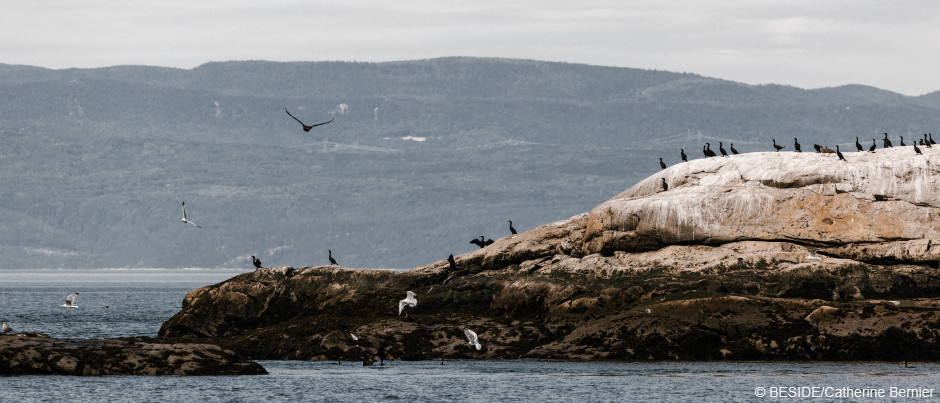
For Jean, who has always loved to share his passion with others, the educational side of his mission is vital. Stays on Île aux Lièvres and Île du Pot à l’Eau-de-Vie as well as sea excursions around the islands with naturalists allow visitors to learn all about these rich and fragile ecosystems: “We provide them with information about how to behave on the islands and be responsible water and energy consumers,” he explains. “Does this have any impact once they get home? We really hope so!”
- Find out more about Société Duvetnor’s mission and activities.
Photography and social media as awareness-raising tools
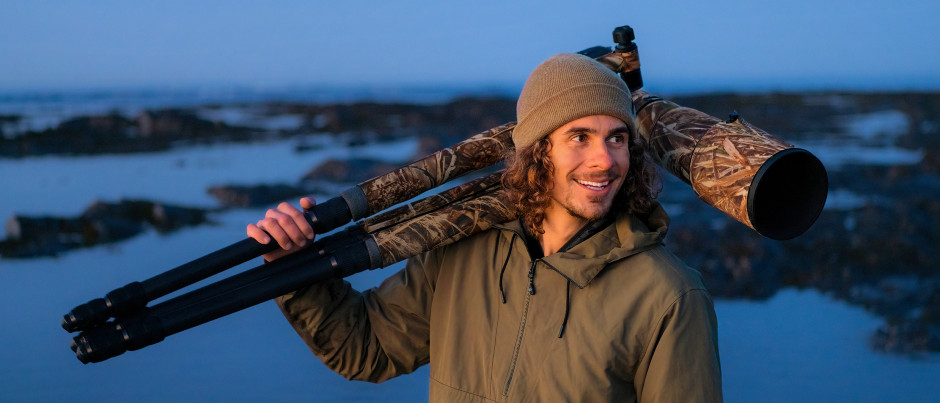
Before 2016, Éric Deschamps had a hectic lifestyle in Montréal without any real contact with nature. Buying his first kayak triggered a deep reflection that led him to move to Gaspésie.
“When I arrived here, I’d never seen any wildlife before,” says Éric. “On my first hike in Parc national de la Gaspésie, with no expectations, I encountered my first moose, which changed the course of my life. I saw in these animals something so serene, calm, resilient and adapted to their surroundings. Things that I’d never focused on in my own life!” he explains. It was this encounter that contributed to his desire to share the beauty of the animal world with the public, and by the same token, make people aware of the importance of protecting it.
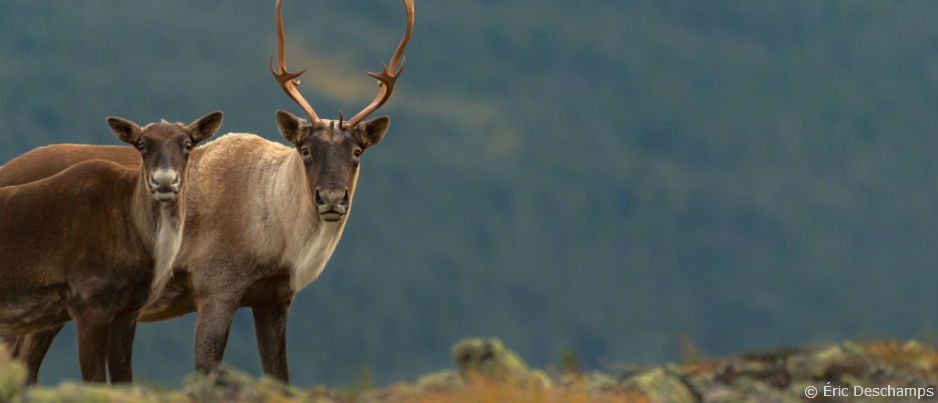
Today, Éric is a wildlife photographer and shares his outings almost daily with his social media community. “Many people take things for granted and think that we can consume nature in the same way we consume fast food,” says the photographer, who also gives talks to schools and birding clubs. “That’s the mentality I’m trying to change.”
To the visitors who plan to explore the natural environments found in our regions, here’s what he has to say: “Whether you’re sea kayaking or walking along the shoreline, through a field or on a trail in the forest, you must enter the natural world with respect, as you would a place of worship such as a cathedral. What I’d like is for people to feel their true place in the world, which is to say really small when surrounded by nature.”
The importance of research and collaboration
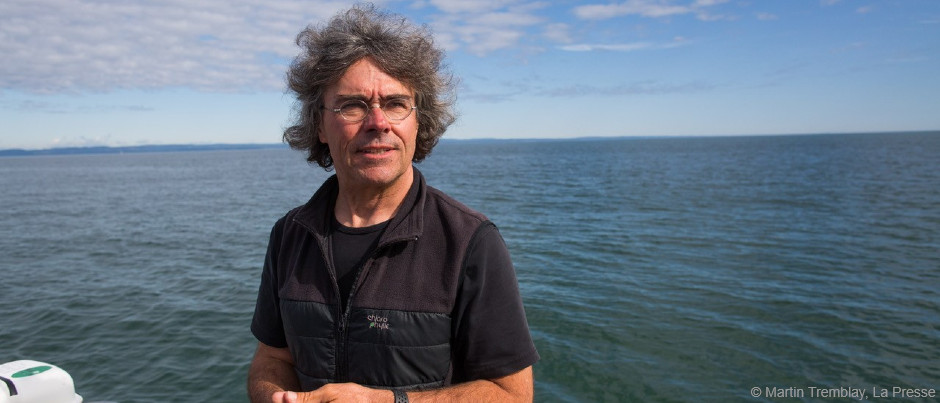
Robert Michaud arrived in the Tadoussac area in Côte-Nord in the early 1980s as a naturalist on whale-watching cruise ships. What was supposed to be a summer job literally changed his life. In 1985, he founded the Group for Research and Education on Marine Mammals (GREMM) where he still serves as scientific director. “Our work is to study and understand whales and to educate the public, in order to better protect these marine mammals as well as the St. Lawrence,” he explains.
A major component of the GREMM’s mission is to work closely with the whale-watching cruise industry to train captains and naturalists. Research assistants also work on the tour boats every summer. “We collaborate with this important economic tourism sector, which has great value for education and is also involved in scientific research,” says the man who helped set up the Eco-Whale Alliance, which encourages environmentally responsible whale watching in the Saguenay–St. Lawrence Marine Park.
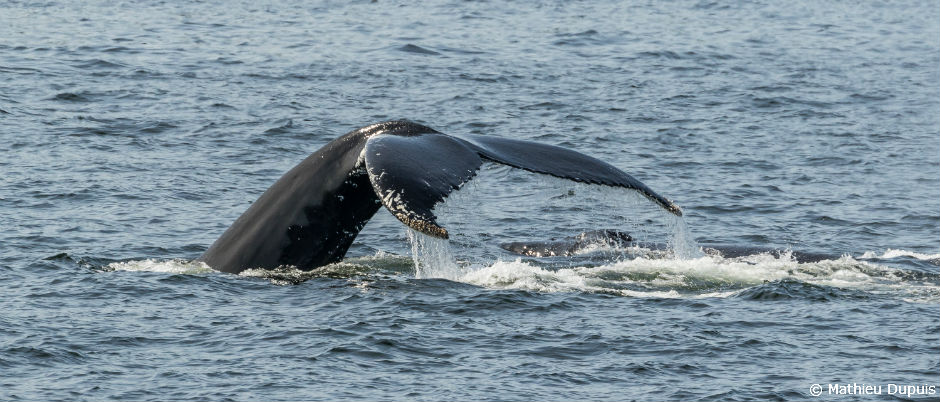
In addition to his fieldwork, Robert enjoys interacting with the public, sharing stories about whales and raising awareness of the key issues facing the St. Lawrence. “We must reconnect with nature,” he says. “We share the planet with extraordinary species and one of my personal challenges is to help people truly understand this. If we have this connection, we can improve our behaviour.”
- Sign up for the Whales Online newsletter and if you get a chance, visit the Marine Mammal Interpretation Centre (CIMM) in Tadoussac.
A window on marine life
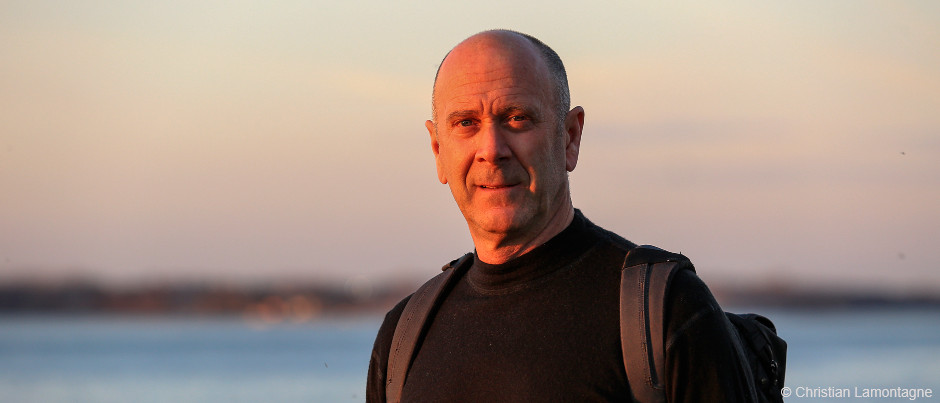
Born and raised in the Îles de la Madeleine, Mario Cyr had been sure that he would work on water either as a fisherman or an aquaculturist. However, a dive at the age of 16 changed his mind: he realized he would rather work underwater. Today, he’s an underwater cinematographer and photographer as well as an explorer and lecturer. His travels in over 80 countries and his participation in numerous documentaries have given him the opportunity to discover incredible wildlife. “I’d always been interested in animals, but my true passion was ignited in 1991 when I went to the Arctic for the first time,” confides Mario, who regularly collaborates with National Geographic. “I saw walruses, narwhals, belugas and polar bears. After that, my love for these mammals stuck with me.”
It goes without saying that this enthusiast is also fascinated by the wildlife found in the Îles de la Madeleine, such as seabirds, a passion he shares with his father, and course seals, which frequent the waters surrounding the archipelago and include the whitecoats born on the ice in the winter.
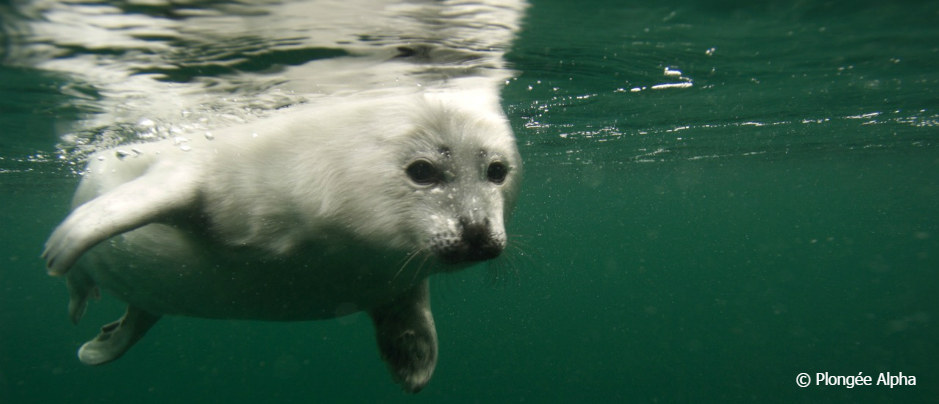
By diving for all these years in various locations all over the planet, Mario has seen firsthand the impact of global warming: “With climate change, the temperature of the water increases, which means that everything in the marine environment changes location,” he explains. “You have to understand that human life may revolve around time and dates, but marine life is extremely sensitive to water temperatures.” According to him, the environment should be given much more importance in our society, since humans are a link in the chain and when a species disappears, it affects us all.
Mario has therefore made it his mission to introduce people to this underwater world through his films, photos and talks. “The more you encounter wild animals, the more you learn about them, the more you learn to love them and the more you want to protect them,” says Mario. “It’s a vital cycle.”
- Visit Mario’s website to learn more about his work.
It’s impossible not to be affected by the beauty of nature, including wildlife. And these people are the proof! Keep learning more about the many species that inhabit our regions and how you can help protect them.

(0) comment